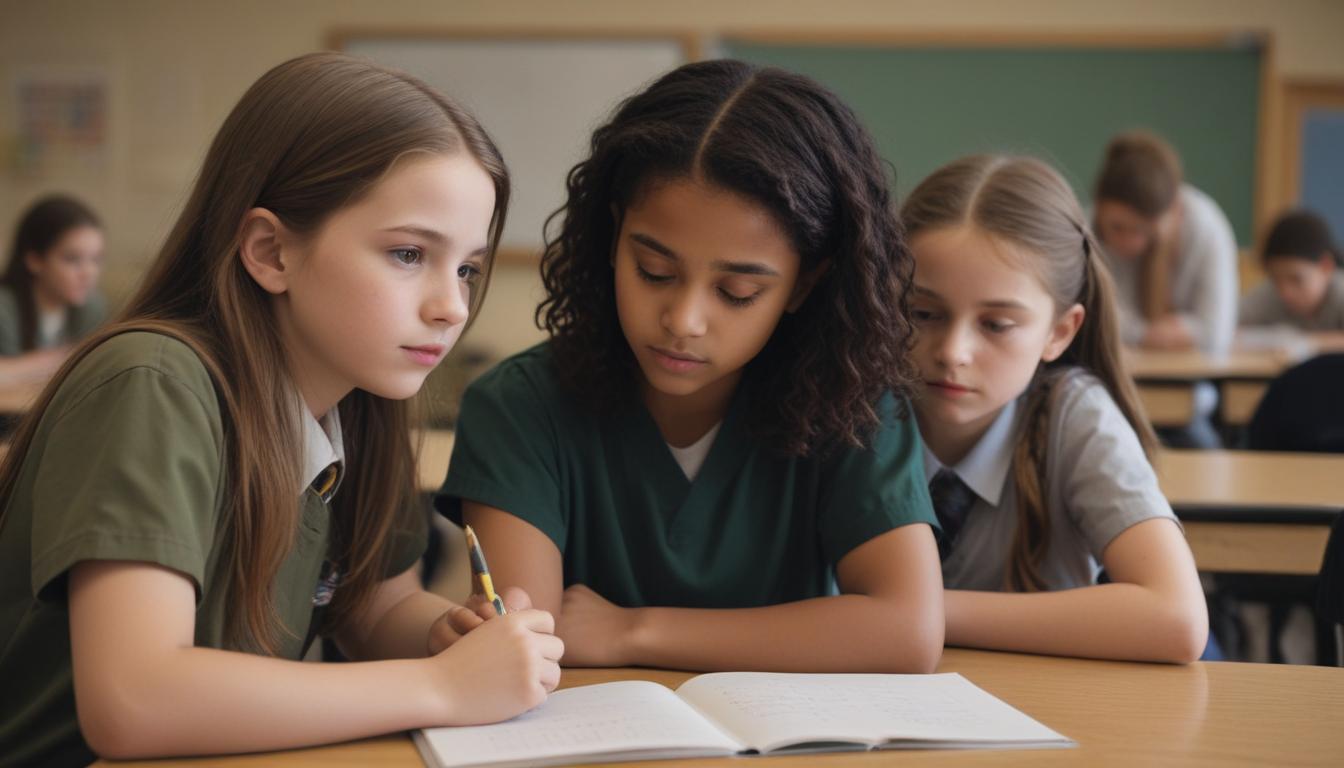Now Reading: How Empathy Transforms Learning
- 01
How Empathy Transforms Learning
How Empathy Transforms Learning

The Importance of Empathy in Education
Are you an educator or parent struggling with student disengagement, rising classroom conflicts, or a general sense of disconnection in your school community? It’s a challenge that can leave even the most dedicated professionals feeling exhausted and searching for a solution. You may have tried new teaching strategies, updated curriculum, and different disciplinary tactics, yet the core issues persist. The missing piece isn’t another program or tool; it’s a fundamental human connection. The answer lies in cultivating empathy.
Embedding empathy into the heart of education is the transformative solution that can re-energize your classroom and unlock student potential. It moves beyond academics to address the whole child, creating an environment where students feel safe, valued, and understood. When we prioritize teaching and modeling empathy, we are not just creating better students; we are nurturing more compassionate, resilient, and successful human beings. This shift in focus is the key to building a thriving learning environment for everyone.
What is Empathy in the Classroom and Why Does It Matter
Empathy in an educational setting goes far beyond simply encouraging students to be kind. It is the active skill of understanding and sharing the feelings, perspectives, and experiences of another person. For a teacher, it means looking at a student who is acting out and wondering about the underlying cause—be it stress at home, a learning disability, or social anxiety—instead of just seeing a behavioral problem. For students, it means learning to listen to a classmate’s opinion, even when it differs from their own, and trying to understand their point of view before responding.
This skill is not a “soft” add-on; it is the bedrock of a successful learning community. When students feel that their teachers and peers genuinely understand and care about them, their psychological safety skyrockets. This feeling of security lowers stress and anxiety, freeing up cognitive resources for higher-level thinking, creativity, and problem-solving. Research consistently shows that empathetic classrooms have higher rates of academic engagement, better attendance, and a dramatic decrease in bullying and other disruptive behaviors. Empathy builds the essential social-emotional skills that directly fuel academic achievement and lifelong success.

How Empathy Transforms the Learning Environment
The ripple effects of an empathy-driven approach can reshape the entire school culture, starting with the crucial student-teacher relationship. An empathetic educator builds a powerful bridge of trust with their students. When a student believes their teacher sees them as a whole person with a unique life outside of school, they become more willing to take intellectual risks, ask for help without fear of judgment, and invest themselves fully in the learning process. This deep sense of connection transforms the classroom dynamic from a top-down transfer of information into a collaborative partnership built on mutual respect.
This transformation also extends to peer-to-peer interactions, creating a more inclusive and cooperative atmosphere. In an empathy-focused classroom, students learn the practical skills of active listening, respectful communication, and effective collaboration. They become more adept at resolving conflicts peacefully and appreciating the diversity of backgrounds and ideas within their peer group. This prepares them not only for successful group projects but also for navigating a complex and interconnected world as compassionate, responsible citizens. The classroom becomes a microcosm of the tolerant and supportive society we hope to build.
Practical Ways to Cultivate Empathy in Schools
Integrating empathy into your daily routine does not require a massive overhaul of your lesson plans. It can be woven into the existing curriculum through intentional, consistent practices. A powerful starting point is using literature as a window into other worlds. Choose books and stories that feature diverse characters and experiences, and facilitate class discussions that focus on the characters’ feelings, motivations, and challenges. Encourage students to imagine themselves in the characters’ shoes and consider how they might have felt or acted in the same situation.
Beyond literature, you can model empathy in your daily interactions. Use “I” statements to express your own feelings and needs, and encourage students to do the same. Implement regular practices like morning meetings or community circles where students have a structured opportunity to share their thoughts and listen to others in a safe, non-judgmental space. Introduce collaborative projects that require students to rely on each other and understand different viewpoints to achieve a common goal. By making these small but meaningful practices a part of the school day, empathy shifts from an abstract idea to a lived, tangible skill that benefits every member of the community.



































